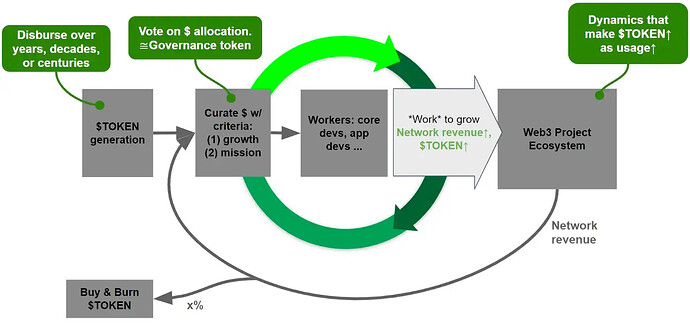Years ago now, Gitcoin partnered with Paradigm to ensure continued operations and success. It was during that time that @owocki and I were often asked “what’s the most important thing?” and then we would be probed on why we weren’t doubling down on it, tripling down on it… cutting everything else to focus on it.
That feedback worked. It helped us shape and determine that our “most important thing” was the Grants protocol and finding ways to fund public goods in perpetuity through that protocol.
Today, when I ask that question to each workstream leader (whats the most important thing), I get a different answer or perhaps just variations around the same thing. I want to share what I believe is the most important thing, and get feedback to make sure our community agrees.
In this scenario - the most important thing for Gitcoin is building and launching Gitcoin Allo. The second most important thing is our Grants program (not us running rounds for other communities, but maintaining the soul of Gitcoin around funding what matters most to our community with our Matching Pool) and continuing to be a beacon for open source software. Finally the third most important thing is Gitcoin Passport - creating an identity and reputation aggregator that enables communities to connect in genuine and consensual ways while protecting us from Sybil attacks.
What this means is… all the other stuff we are doing should probably stop (heck, a case could be made for stopping Passport work, but I still believe that’s the wrong outcome).
All the other stuff that matters likely needs to live somewhere with “the most important thing” or it should be evaluated for the value it brings.
What do you all think though? How would you describe the “most important thing” for Gitcoin right now?


